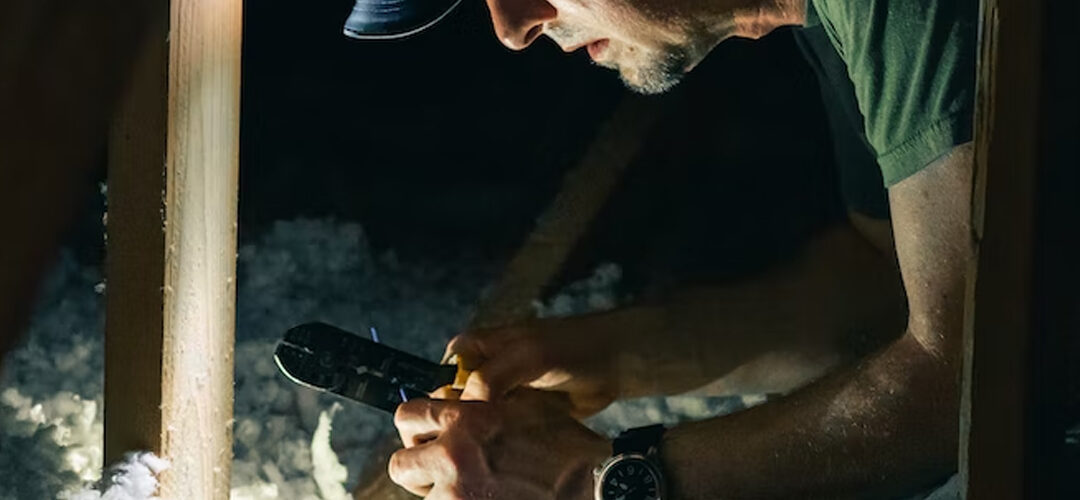Likely, the insulation you place in an attic or an existing closed wall will be a loose-fill material called blown-in insulation made of cellulose. This kind of insulation is one of several options for an attic, along with the two well-liked options, fiberglass batts or blown-in fiberglass. Blowing in loose-fill cellulose insulation is still the most practical and cost-effective method for enclosed walls.
A type of wood- or paper-based product is cellulose insulation. It is mechanically blown into or onto open gaps in a house’s structural portion to reduce the heat or cold transfer rate.
What is blown in cellulose insulation?
Insulation of cellulose is consistent with down feathers, being thick, dense, and clumpy. The insulation’s ability to fit in confined spaces (like walls) and contour around barriers like cables and ducts is its main benefit in this shape and size (found both in walls and attics).
Technically, sisal or maize cobs or any other source of cellular plants may be used to make cellulose insulation. Nevertheless, commercial cellulose insulation is often made from wood, particularly paper, including recycled office paper, newspaper, and cardboard. Cellulose insulation is regarded as an environmentally beneficial home product as a result.
How is cellulose insulation blown in?
Homeowners are likely to come across loose-fill cellulose insulation the most often. Similar to spray foam, this cellulose insulation is made to be blown into open walls, which is how it differs from other varieties. With the second kind, the moisture added to the spray aids in the cellulose’s stickiness to the wall. Yet, the cellulose in loose-fill insulation is dry.
To fill finished walls, drill holes through the drywall or plaster to provide the blower nozzle access. Insulation made of cellulose is blown into attics parallel to the joists. It can be applied as a thick layer on top of current fiberglass insulation batts or used to fill in joist voids that lack insulation.
Pros and cons of cellulose insulation
What are the pros of cellulose insulation? What are the cons of blown-in insulation? Please read all about it here.
Pros of cellulose insulation
- Most problems encountered in walls and attics can be settled around and contoured by loose-fill cellulose insulation. Blown-in insulation in walls is a great idea.
- While relatively cheap, loose-fill cellulose still has a greater R-value per inch of thickness than fiberglass, which is between 2.2 and 2.7.
- One of the few options for adding insulation when walls are already constructed is to inject loose-fill cellulose insulation. Pulling down the drywall and using fiberglass batts is one possibility of this.
- Since it has been treated with borates, cellulose insulation defends itself against insects and vermin.
Cons of cellulose insulation
- Although settling is one of the benefits of blown-in cellulose insulation, it can also be a problem, particularly with walls. Insulation can accumulate over time and create pockets on top of settled regions. These spaces develop into thermal bridges that let heat or cold into the home. For two reasons, settling in attics is less complicated. First, consider settling; attic spaces might be overfilled. Second, no empty areas are created when cellulose insulation settles in attics.
- It might take cellulose a long time to dry up when it absorbs moisture in small spaces. Moisture drastically reduces the R-value, increasing the risk of mold and mildew growth. Foam that is rigid or sprayed in holds up better against moisture.
Thus,
Blown-in cellulose is an excellent option as an insulation technique. If you’re looking for blown-in insulation contractors who can install this insulation in your home, look no further than Zavza Seal LLC. Their expertly trained employees know what they’re doing and can assist you in any contracting job.
Related Blog Posts:
Related Services:
Our service areas:
Get A Free Estimate

